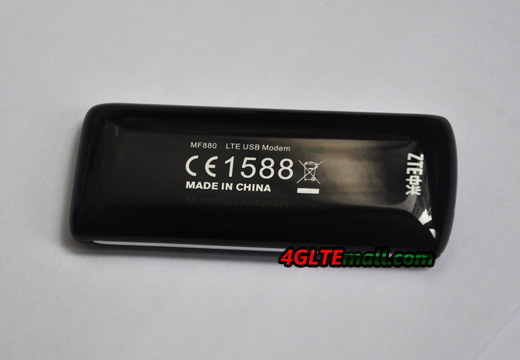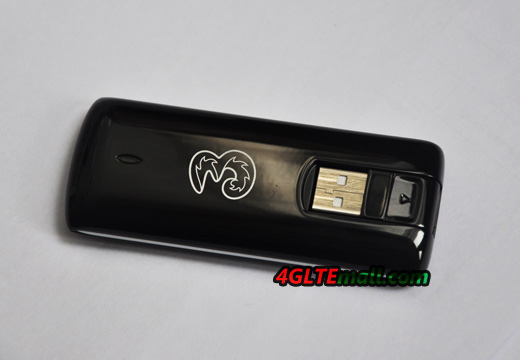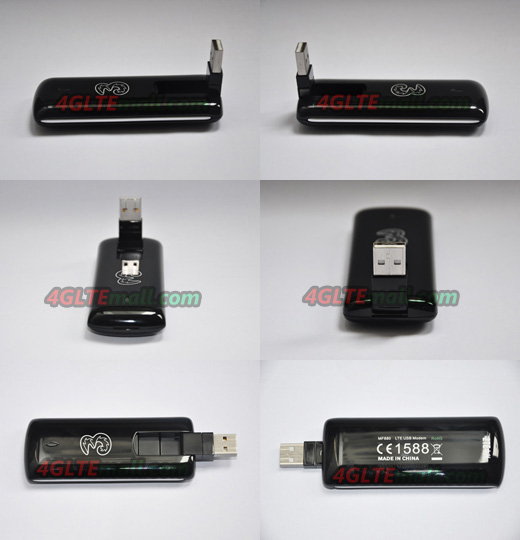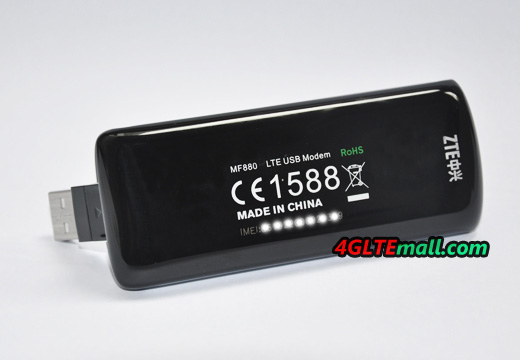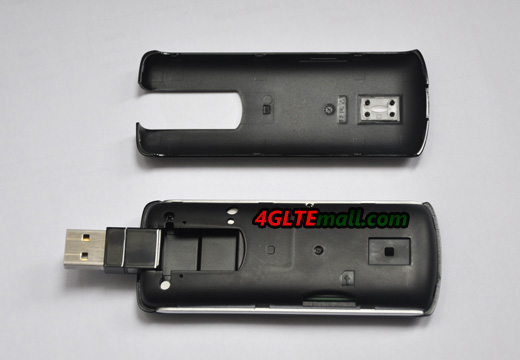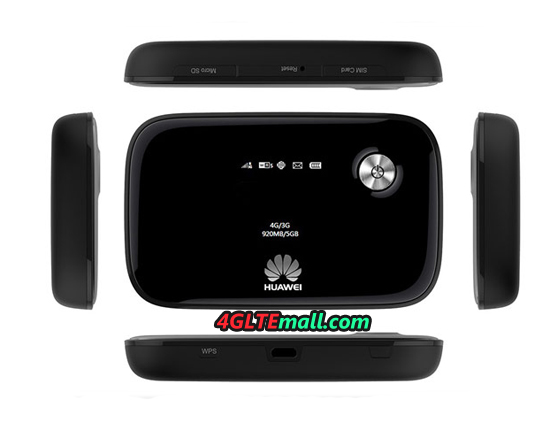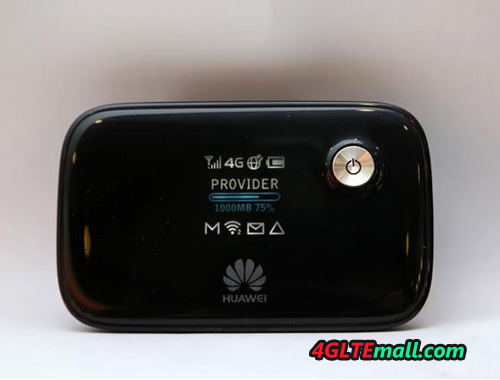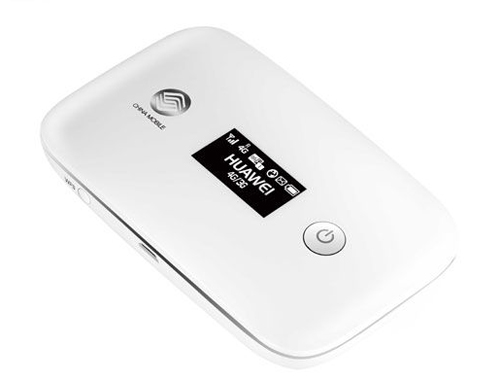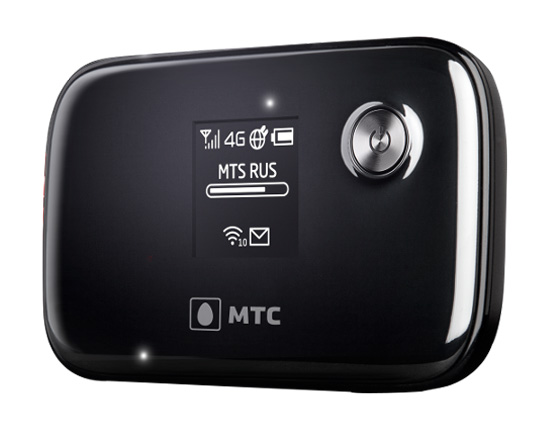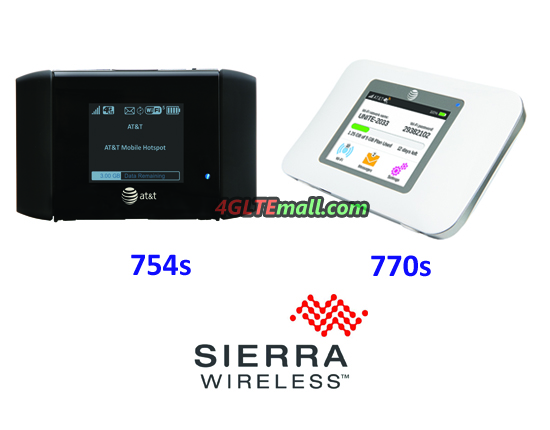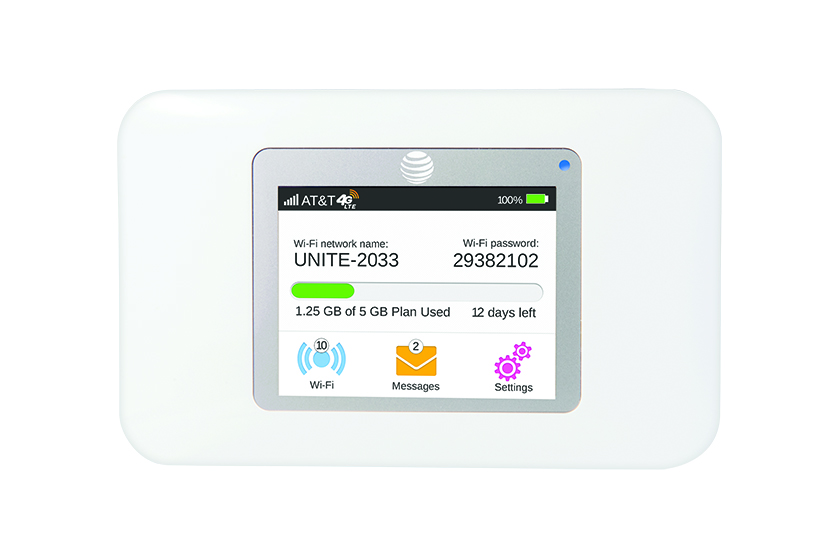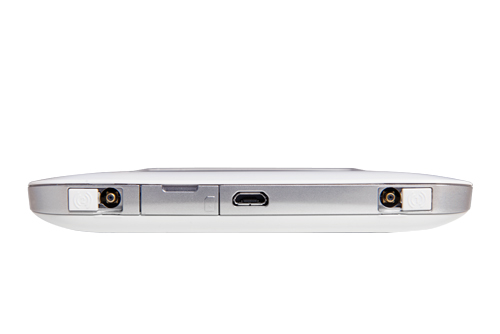Below are the steps to set up HUAWEI D105 Modem Router.
1. Insert the SIM card into the modem
Remove the SIM card and insert the plastic protector on the modem. Do not throw the plastic protector because it is written in the PIN and PUK code of your card.
2. Monitor WiFi Base
- Connect the modem to the base WiFi.
- WiFi connects the base to electricity.
- Press the WiFi base located in the rear of the Turns
- To ensure optimum quality of communication is desirable that the modem will not stay hidden.
3. Connect your computer to the WiFi network
- With this you will have created the WiFi network at home. The name of this network is “huawei-D105”. The security of this network is initially disabled.
- Enables WiFi network on your computer, find the red “huawei-D105” and connect to it
4. Configure the wireless network
- From the browser on your computer, once you’re connected to the WiFi network, type the address: http://192.168.1.1 in the address bar and hit “Enter.”
- Enter the account and password (the initial values are admin / admin respectively) and click Apply.
- On the left of the screen, click Basic Settings and then Settings Internet.
- In the General section, check the box “Clente 3.5G” is selected.
- In the Status section, complete the field Enable PIN with the PIN code appears on the back of the SIM card that you received and click Apply.
- Click Profile Settings, and set up a profile with the following parameters:
- Profile Name: “Internet”
- Service APN: Static
- APN: gprs-service.com
- Service Username / Password: Disable
- Service number: “* 99 *** 1 #”
- Connection mode: “Keep Alive”
Click Save and once they are applied changes and you can use the Internet connection.
At this point, you can connect to the Internet. However, we recommend that you establish some kind of security on your wireless network. You can review how to do it in “5: Wireless Setup” User Manual Wi-Fi/LAN Adapter D105.
